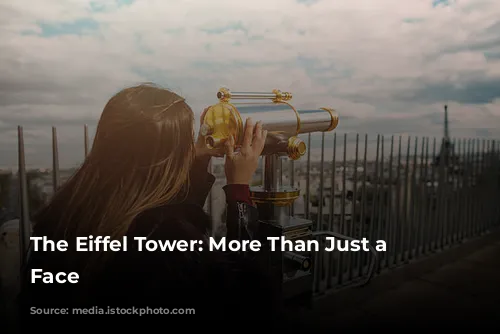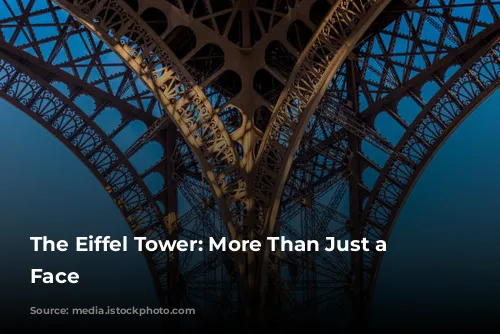Did you know the Eiffel Tower wasn’t always the iconic brown we know and love today? This Parisian landmark has undergone quite the makeover over the years, sporting various colors and even serving as a giant billboard! But that’s not all – the Eiffel Tower is a monument steeped in history, engineering brilliance, and even tragedy. Let’s explore some of its fascinating past.
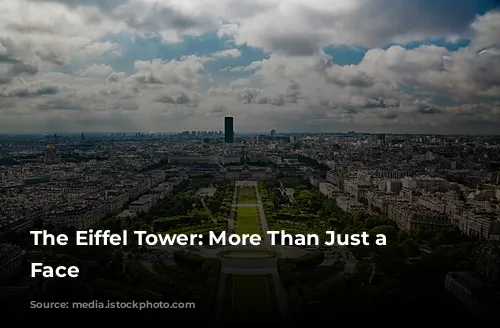
A Changing Hue
From the moment it opened in 1889, the Eiffel Tower has been a canvas for different color trends. Initially, it was a reddish-brown color, before being painted yellow a decade later. A few color variations later, it finally settled on the current “Eiffel Tower Brown” in 1968. This special brown shade is carefully mixed and reapplied every seven years, requiring a staggering 60 tons of paint to keep the tower looking its best. The tower even utilizes a unique gradient, with three shades of brown, getting lighter as you go higher, to enhance its silhouette against the Parisian sky.
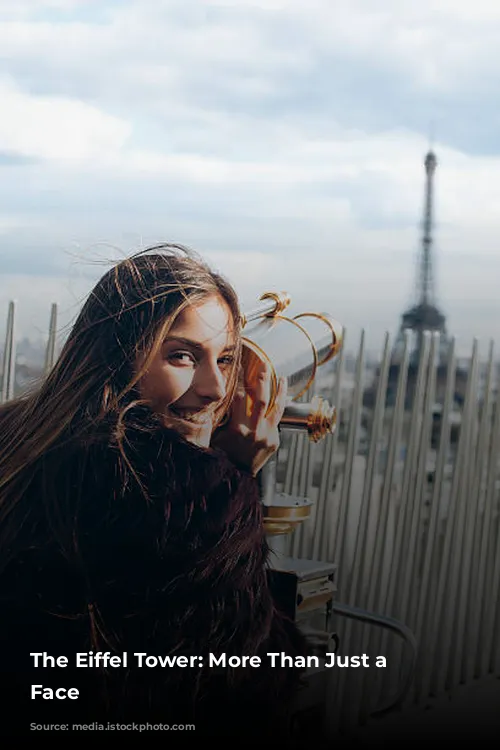
A Centennial Celebration
The Eiffel Tower was a monument to a momentous occasion: the 100th anniversary of the French Revolution. In 1889, organizers of the Exposition Universelle, a world’s fair celebrating this milestone, held a competition to design a stunning centerpiece. Gustave Eiffel, along with his team, won the competition with their innovative design, beating out 106 other proposals.

From Tallest to Towering
The Eiffel Tower was a testament to engineering prowess, standing tall as the world’s tallest structure for a remarkable four decades. At a whopping 986 feet, it dwarfed the previous record holder, the Washington Monument, by nearly double. The tower held this title until 1930, when the Chrysler Building in New York City surpassed it. Although the Eiffel Tower briefly regained the title with the addition of an antenna in 1957, it ultimately fell behind the Empire State Building.
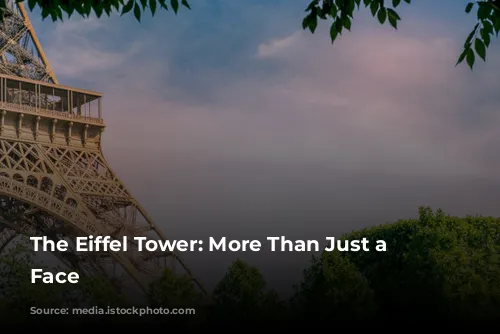
A Giant Billboard
Imagine seeing a 100-foot tall advertisement glittering in the night sky! That’s exactly what Parisians witnessed between 1925 and 1936. The Eiffel Tower served as a gigantic billboard for the French automobile company Citroën, with a quarter-million bulbs illuminating the tower’s steeple to spell out the company’s name. So bright was the advertisement that it could be seen from nearly 20 miles away. Even Charles Lindbergh, famous for his solo transatlantic flight, used it as a beacon when landing in Paris in 1927.
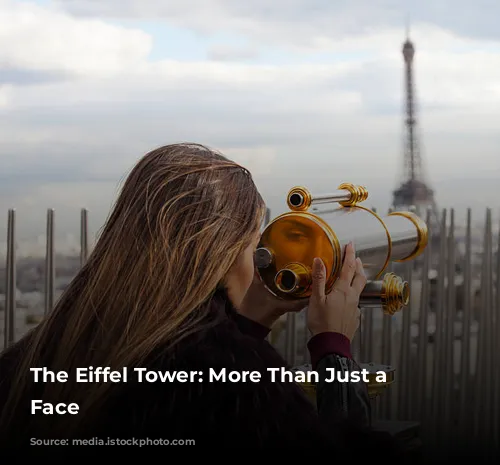
A Symbol of Resistance
While the Eiffel Tower is now synonymous with love and romance, it wasn’t always so beloved. In 1887, over 300 prominent Parisian artists and intellectuals condemned the tower as a “useless and monstrous” eyesore. They argued it was an affront to the city’s beauty and history. The manifesto even went so far as to compare the tower to a “gigantic black factory chimney” and claimed “even commercial-minded America does not want it.” Talk about a bad first impression!
A Legacy of Innovation
Despite the initial resistance, the Eiffel Tower’s impact on engineering and science was undeniable. Gustave Eiffel, having financed a large portion of the tower’s construction, was granted a 20-year concession to recoup his investment. To ensure the tower’s longevity, he demonstrated its strategic value by erecting an antenna and conducting wireless telegraphy experiments. This ultimately led to the tower’s continued existence, as the French military recognized its potential for communication. Today, the Eiffel Tower boasts over 100 antennae, broadcasting radio and television signals around the globe.
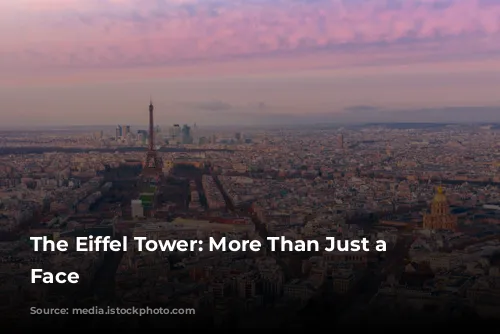
A Tower of Secrets
The Eiffel Tower’s legacy extends beyond engineering and communication. During World War I, the tower’s wireless station played a crucial role in espionage, intercepting enemy messages from Germany. This intelligence helped the French organize a counter-attack during the Battle of the Marne, demonstrating the tower’s significance in wartime. The station also played a part in the capture of Mata Hari, a legendary spy, after intercepting a coded message detailing her activities.

A Playground for Scientists
The Eiffel Tower was a hub for scientific exploration, a place where leading minds came together to push the boundaries of knowledge. Eiffel himself, along with a team of French scientists, conducted research in a laboratory installed atop the tower, studying topics like astronomy, meteorology, aerodynamics, and physiology. They even conducted experiments using Foucault’s Pendulum. This scientific spirit continues to this day, with a wind tunnel at the base of the tower conducting tests on everything from airplanes to cars.
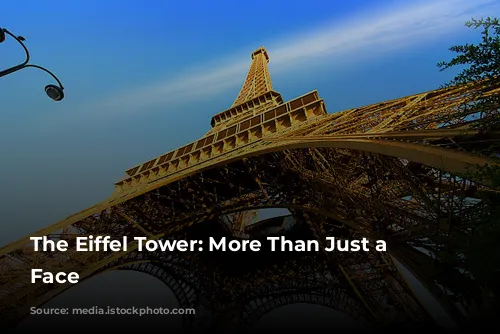
A Tower of Tragedy
The Eiffel Tower has also seen its share of tragedy, with daredevils attempting daring feats that have resulted in fatal consequences. In 1912, Franz Reichelt, a French tailor, attempted to fly from the tower’s first floor with a spring-loaded parachute suit but tragically plummeted to his death. Fourteen years later, aviator Leon Collot perished when his plane became entangled in the aerial of the wireless station while trying to fly beneath the tower. These events serve as a chilling reminder of the dangers associated with pushing the limits of human potential.
The Eiffel Tower, a true icon of Paris, is more than just a beautiful landmark. It’s a symbol of ingenuity, a testament to scientific advancement, and a reminder of the risks associated with pushing the boundaries. Its story, filled with color, innovation, and tragedy, continues to captivate the world today.
